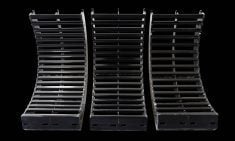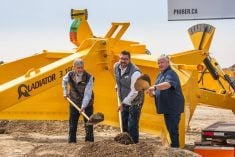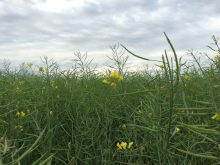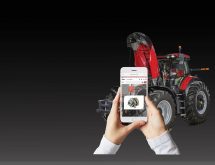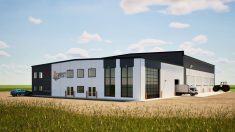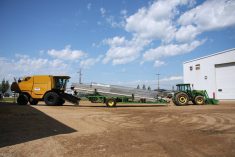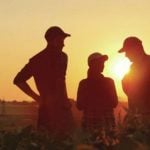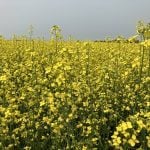A U.K. research project has planted, tended and harvested the first crop — of spring barley — that’s never seen direct human labour.
Hands Free Hectare was aiming to test the concept in the field and consciously chose smaller machinery, said Jonathan Gill, a researcher at Harper University.
“There’s been a focus in recent years on making farming more precise, but the larger machines that we’re using are not compatible with this method of working,” Gill said. “They’re also so heavy that they’re damaging farmers’ soils.”
Read Also
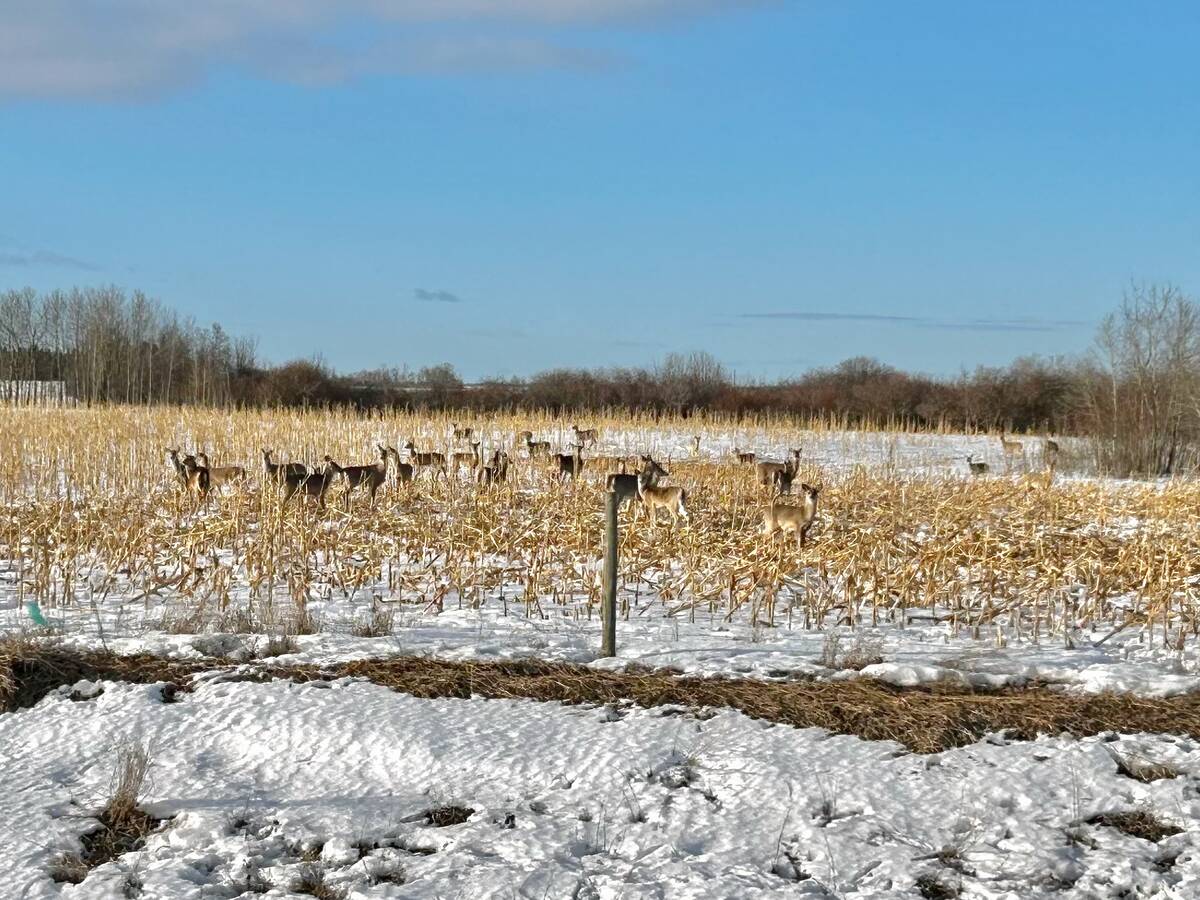
Manitoba launches CWD tracking tool
A newly launched digital dashboard allows hunters to track where chronic wasting disease has been confirmed in Manitoba
Another reason the researchers decided to go small was the reality of short windows to complete work, often around weather. When human operators are necessary, bigger is better, but when they’re removed, many smaller machines managed by a single farmer are likely to be better.
“We believe the best solution is that in the future, farmers will manage fleets of smaller, autonomous vehicles,” Gill said. “These will be able to go out and work in the fields, allowing the farmer to use their time more effectively and economically instead of having to drive up and down the fields.”
Martin Abell, mechatronics researcher for the company Precision Decisions, the key corporate partner for the project, said the project has proven what’s possible and affordable.
“The whole project cost less than 200,000 British pounds (C$341,960),” Abell said. “We used machinery that was readily available for farmers to buy; open source technology; and an autopilot from a drone for the navigation system.”
Not only was the crop successfully raised and harvested, it also yielded decently, at 4.5 tonnes per hectare (67 bu./acre).



